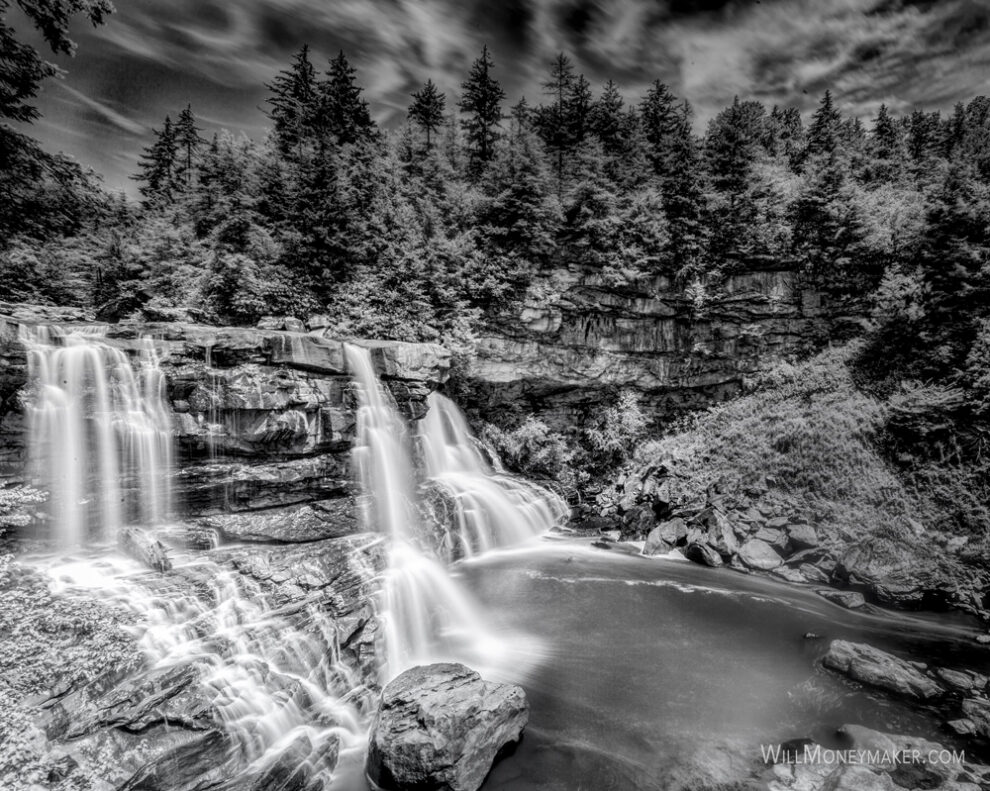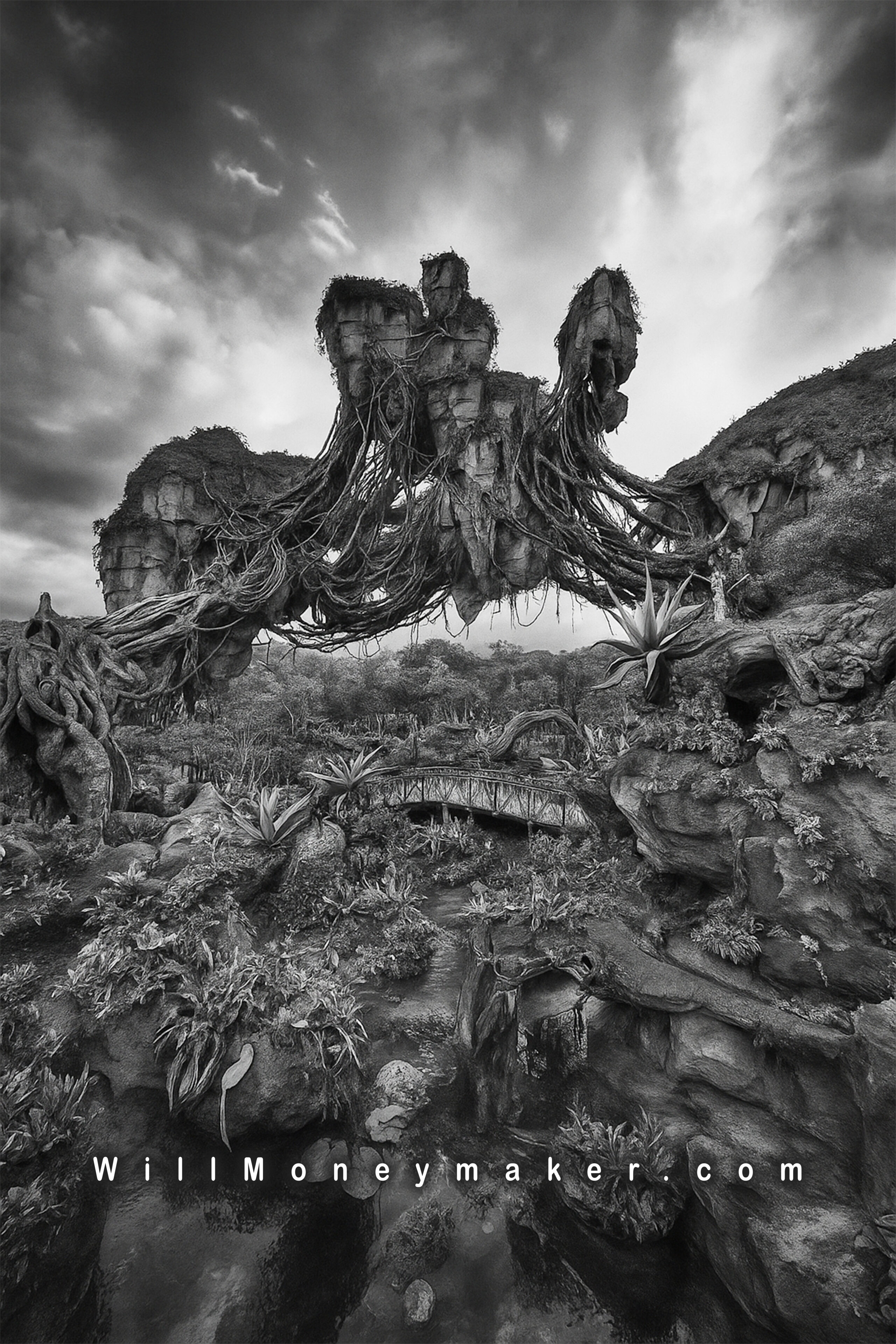Quality in art is one of those aspects so intangible that it almost proves frustrating, at times. Asking what quality is — that’s akin to asking what art is. It’s a tough thing to define because it’s by nature subjective.
Yet, hard as it is to define, it’s still an important question to ask. Quality is something that we must always strive for in whatever form it takes because, at the end of the day, quality is what gets viewers interested in our images. It’s the quality photographs that make people think and feel, and as photographers, it’s our duty to find these essential elements and provide a meaningful experience.
Even though quality is overall subjective, there are still a few ways to define it. And, there are certain things that are not hallmarks of quality, things we can avoid in order to help ensure that our images are up to snuff. So let's get started with a few things that we know aren’t markers of quality, and hopefully, by the end, we’ll have a better understanding of this tricky topic.
What We Know Quality Isn’t
The most logical place to start is with the elimination of things that we know for certain don’t equate to quality images. So what about size? Does the sheer size of an image guarantee that it will be beautiful and meaningful? I don’t think it does. The fact of the matter is, anything can be printed on gigantic pieces of photographic paper. Even blank black. Size has no bearing on the image’s content, and thus, what it means to those who look at it. Of course, massive prints can certainly be impressive. They offer a larger-than-life look at subjects we normally don’t get to see so large. But, a carefully constructed 5×7 print can hold just as much beauty and meaning.
Then there are things like the level of detail within an image. Can you judge an image by how many details it includes? Is a highly detailed image by default better than one with minimal details? Some might argue yes, and in fact, the knee-jerk argument would be to say that we should strive for good focus and as much detail as possible.
But when we dig deeper into what detail means, we begin to see that this isn’t necessarily an indicator of quality, either. What about all the images that employ a narrow depth of field? This is an example of deliberately reducing the amount of detail in order to bring more attention to the most important part of the photograph. The same holds true for minimalist images. Some of these photographs include very few elements within the frame, with as sparing detail as possible so as to bring attention to curves, geometry or some other element.
In short, detail, while it can be amazing to examine, isn’t the key factor that determines whether or not an image is a good one.
I feel it must also be pointed out that the camera does not guarantee quality. This is one of those common misconceptions that seem to haunt photography circles, that the better the camera, the better the photographs. But it’s completely possible to create objectively poor images with high-end equipment, and there are many photographers out there who create stunning images with smartphone cameras or basic DSLRs and lenses.
What Are the Hallmarks of Quality?
There are lots of things that don’t necessarily mean images will be high quality, but there are also certain things that can help ensure that you’re on your way to producing fantastic pieces of art. Insight, for example, is a requirement to producing good pieces of art. A photographer’s insight is what instructs him or her about the subject. It’s a deep knowledge of the things in front of the lens, something that allows you to understand what you’re photographing so thoroughly that you can create images with a unique perspective on it. These are the images that catch people’s eyes — the ones in which people get to see things in ways that they are rarely viewed.
General creativity is another signal of great work. And creativity comes in so many forms. Are your ideas fresh and unique? Compositions are another part of creativity. Are you using them in ways that create an interesting visual experience, something that directs your viewers where you want them to look? There are lots of things to consider where creativity is concerned. How colors are utilized, and what can be done with lighting. Post-processing is another avenue with creativity. Modern editing tools give us the opportunity to create whatever we can imagine, which means these days, creativity is the only real limit that stops us!
There is thought, too. Of course, there are times when a quick shot from the hip ends up becoming an amazing image, but these rapid captures are often luck more than anything — that, or the photographer is incredibly practiced at thinking in the moment and capturing fast shots with ease. Most of the time, the photographs that prove the most thought-provoking are the ones that the photographer put the most thought into. In arrangement, mood, meanings — it is generally quite clear when a lot of effort has been made to create a stunning visual experience. Spend plenty of time planning, and you’ll certainly wind up creating quality pieces of artwork.
Again, quality is a difficult thing to define. But there are a few certain things that we know don’t add up to quality. Cameras, picture size, details—the minutiae that can vary between one photographer and the next, none of these things are indicators of a great piece of art. Things like the time thought and creativity put into an image, though—these are factors that, when enough of them are poured into a photograph, the results can’t help but shine!






